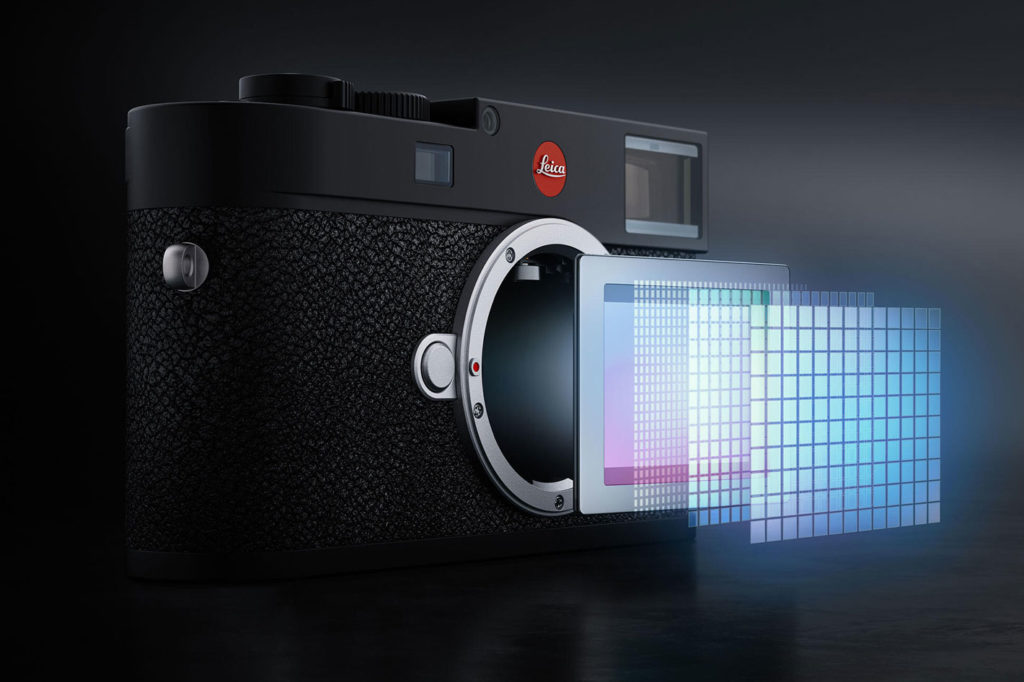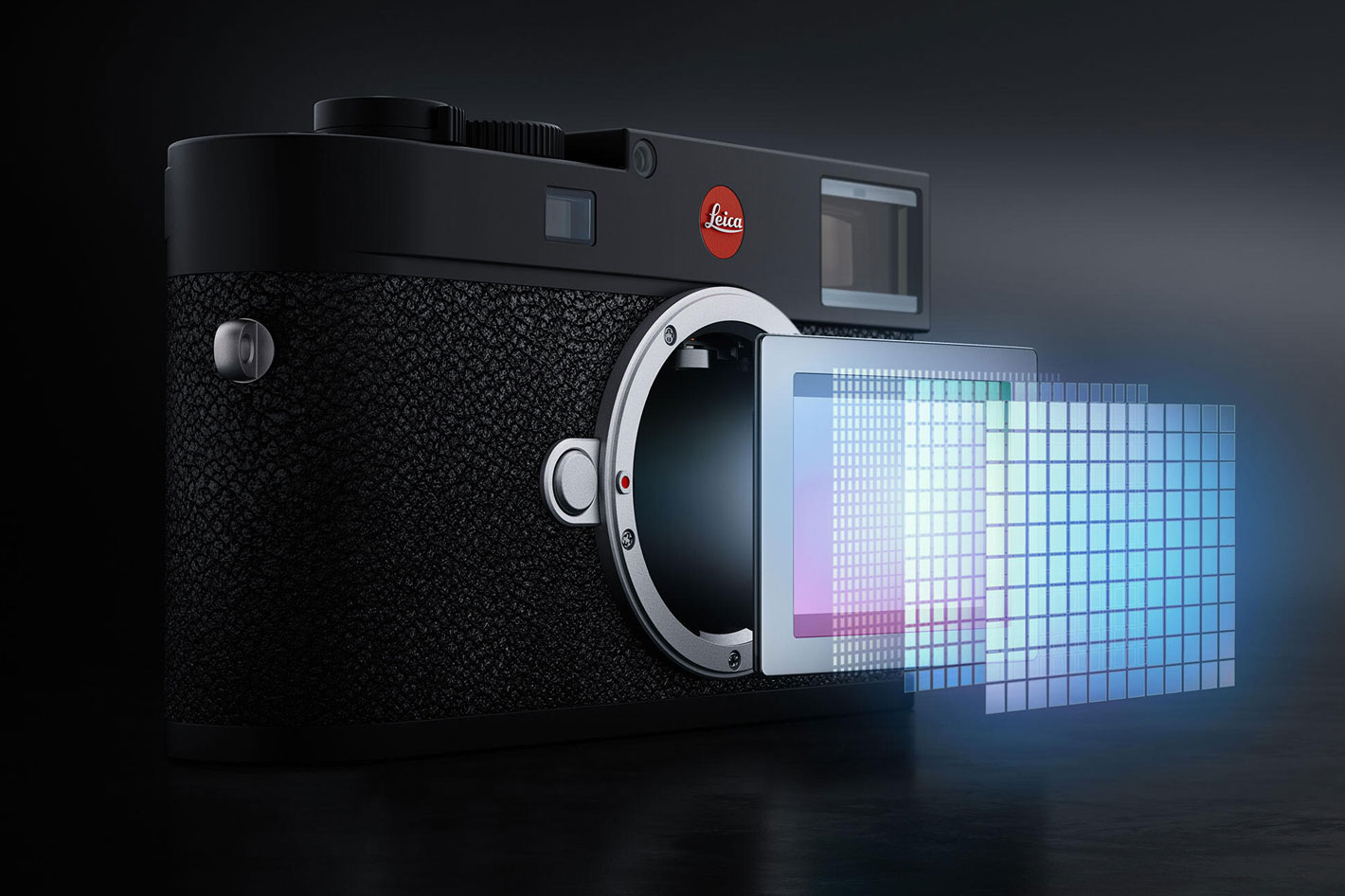 At the heart of the new Leica M11 is a full-frame BSI CMOS sensor with Triple Resolution Technology with 60, 36 or 18 megapixels, a pixel-binning process we’ve mostly seen in smartphone photography.
At the heart of the new Leica M11 is a full-frame BSI CMOS sensor with Triple Resolution Technology with 60, 36 or 18 megapixels, a pixel-binning process we’ve mostly seen in smartphone photography.
While maintaining the iconic look of a traditional Leica M, the carefully optimized design of the Leica M11 is focused on efficiency and ergonomics. It has a sensitivity range of ISO 64 to 50,000, records a 14-bit color depth and has a dynamic range of up to 15 stops. With its Maestro III processor, the Leica M11 offers a fluid and responsive operation, even at the highest resolution and image quality.
With the optional electronic shutter featuring a shutter speed of up to 1/16000 of a second, photographers are empowered to work with wide open apertures, in bright light – without ND filters. The M11 marks the first-time multi-field metering in rangefinder mode will be available, affording photographers a valuable tool to curate light. It’s, no doubt, a new benchmark in digital photography and the most flexible M-System camera in Leica’s storied history, but not just for the reasons above. The Leica M11 is the first model from the company with pixel-binning!
Pixel-binning, the technique by which multiple – small – pixels on a camera sensor are grouped to work together as one is mostly seen in smartphones, where we see sensors like the 108-megapixel present on models from Samsung – developer of the sensor – and Xiaomi, but end up with images with only 12 million pixels. In fact, most smartphones offer 12MP images, which is more than enough for most uses, and 12MP has been the standard for smartphone photography for a long time.
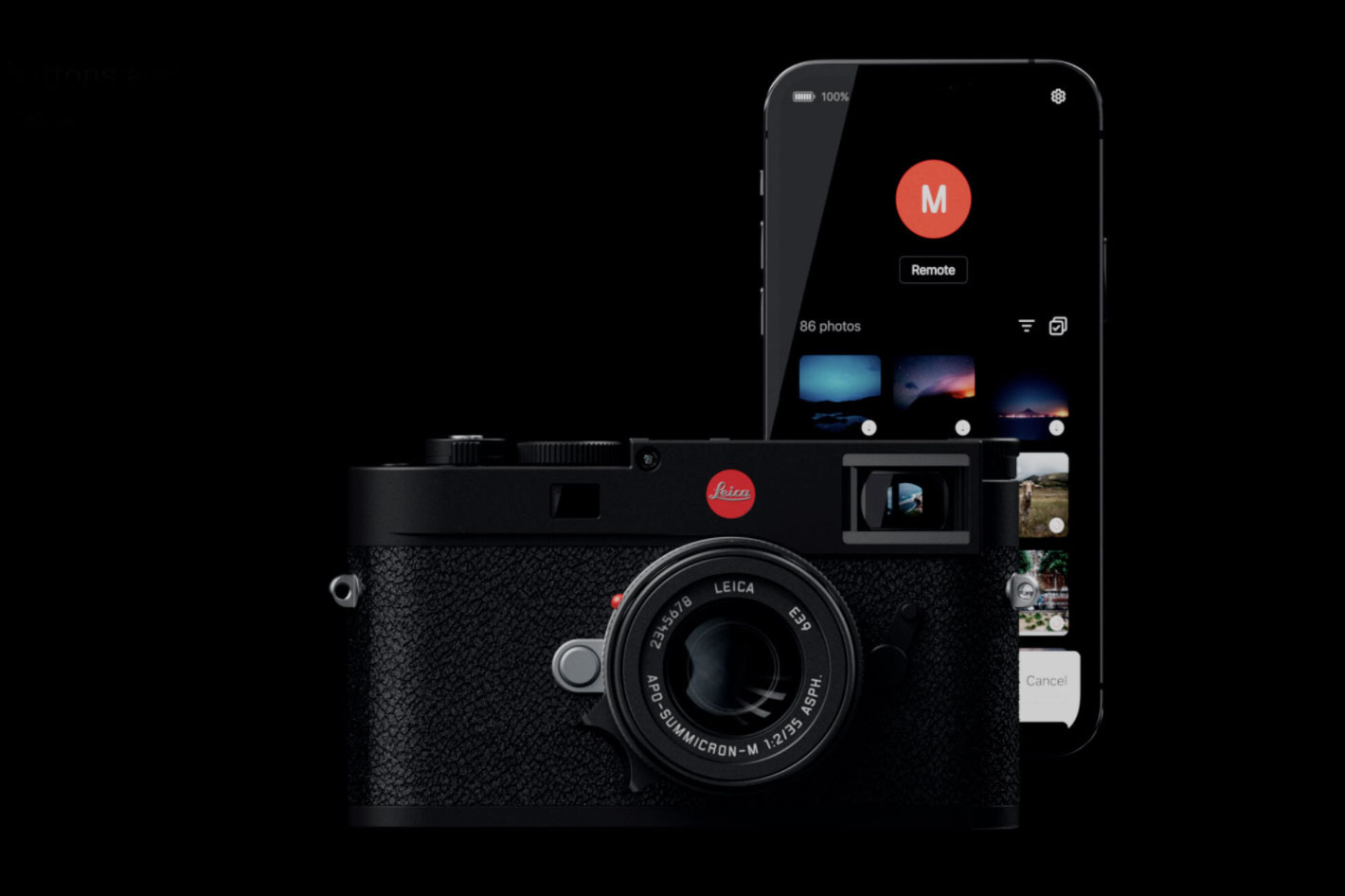 Pixel-binning in the Leica M11
Pixel-binning in the Leica M11
While some may believe that larger pixel count sensors in smartphones are just there for marketing reasons, the truth is different: despite the small size of the pixels, when light is good, you can get higher resolution images, which will come out good enough if the sensor is paired with a good optical system. It gets even better if you shoot RAW!
Now, when light is scarce, the system uses pixel-binning. The small pixels are grouped together, usually in groups of four. In the case of the Samsung sensor with 108MP, they are binned in groups of nine (9×12=108) which is more than enough for most uses. The technique is common among smartphone models, and all the models now available, with either 108, 64 50 or 48MP sensor use pixel-binning, giving as result final images with a final count around the 12MP standard.
While we’ve seen pixel-binning in some camera models, Leica seems to have found a solution for its Leica M11, and its, no doubt, an interesting take in terms of photographic cameras and sensors. At the heart of the new Leica M11 is a full-frame BSI CMOS sensor with Triple Resolution Technology, which is another way to say… pixel-binning!
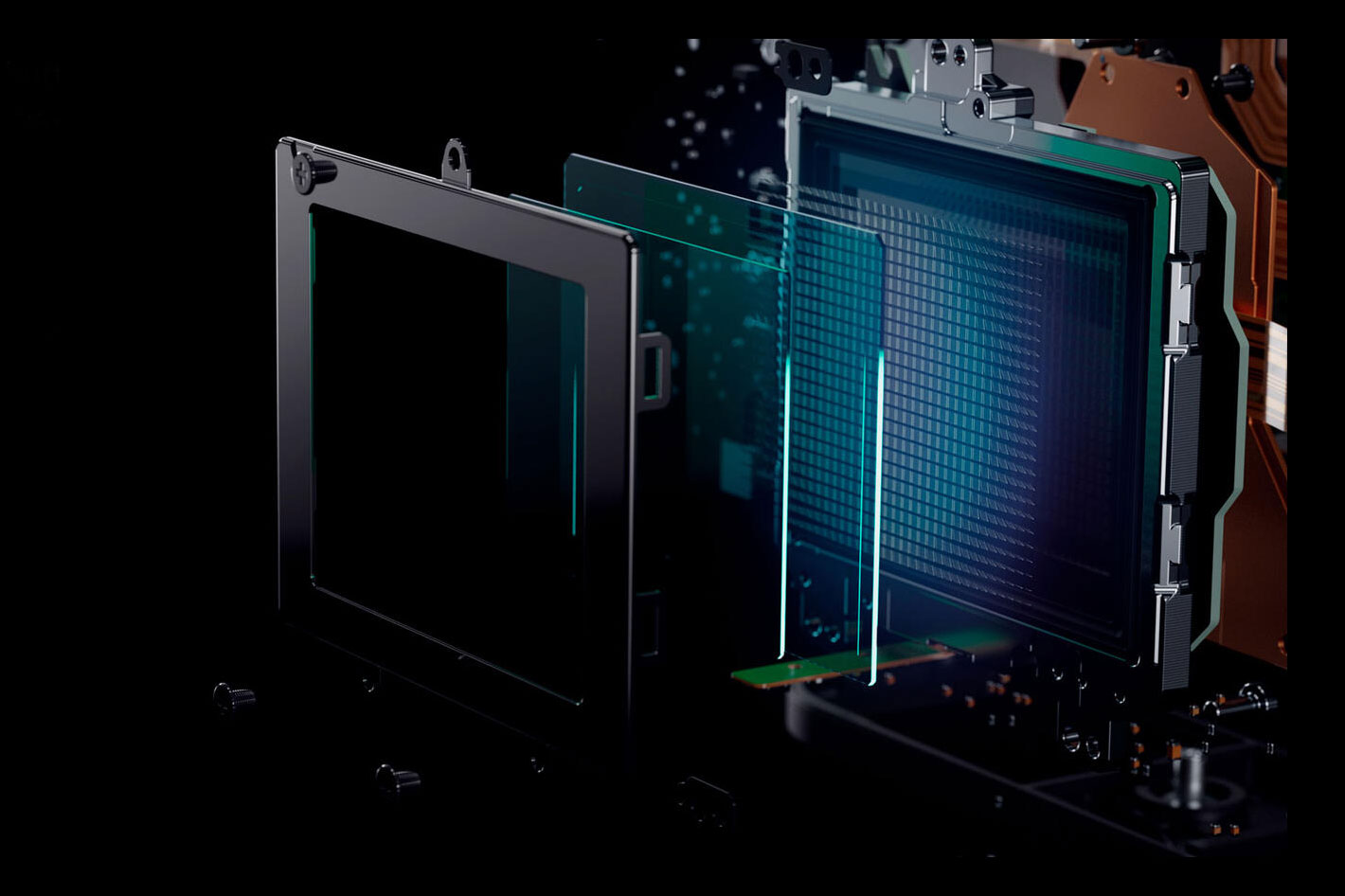 Pixel-binning for less noise
Pixel-binning for less noise
This exclusive triple resolution sensor, the expanded ISO range, dual memory, extended battery life and a streamlined and intuitive menu system means, says the company, “that the Leica M11 represents a new benchmark in digital photography and the most flexible M-System camera in Leica’s storied history.”
Leica’s Triple Resolution Technology makes the Leica M11 a flexible model that you can use when you need the highest resolution, for professional reasons, or to shoot candids when out with the family. It’s a versatile solution and something we may see becoming common in cameras from other manufacturers. Raw image files in DNG format and JPEGs can be recorded at 60, 36 or 18 megapixels, always using the full sensor area. The 60-megapixel option delivers unprecedented image quality and detail resolution, exploiting the full optical potential of Leica’s latest APO Lenses for the M-System – whereas the lower resolutions enable faster camera performance, extended burst lengths, and smaller files.
Leica’s reasoning for offering Triple Resolution Technology is different from the reasons why pixel-binning is used in smartphones, as the camera’s sensor has no problems with light gathering, when compared to smartphones, but still, the truth is that the camera follows the same patterns with it comes to noise and pixel size: as Leica notes, the Leica M11 “delivers maximum resolution at 60 MP, the M-System’s fastest burst mode at 36 MP, and extremely low noise at 18 MP.”
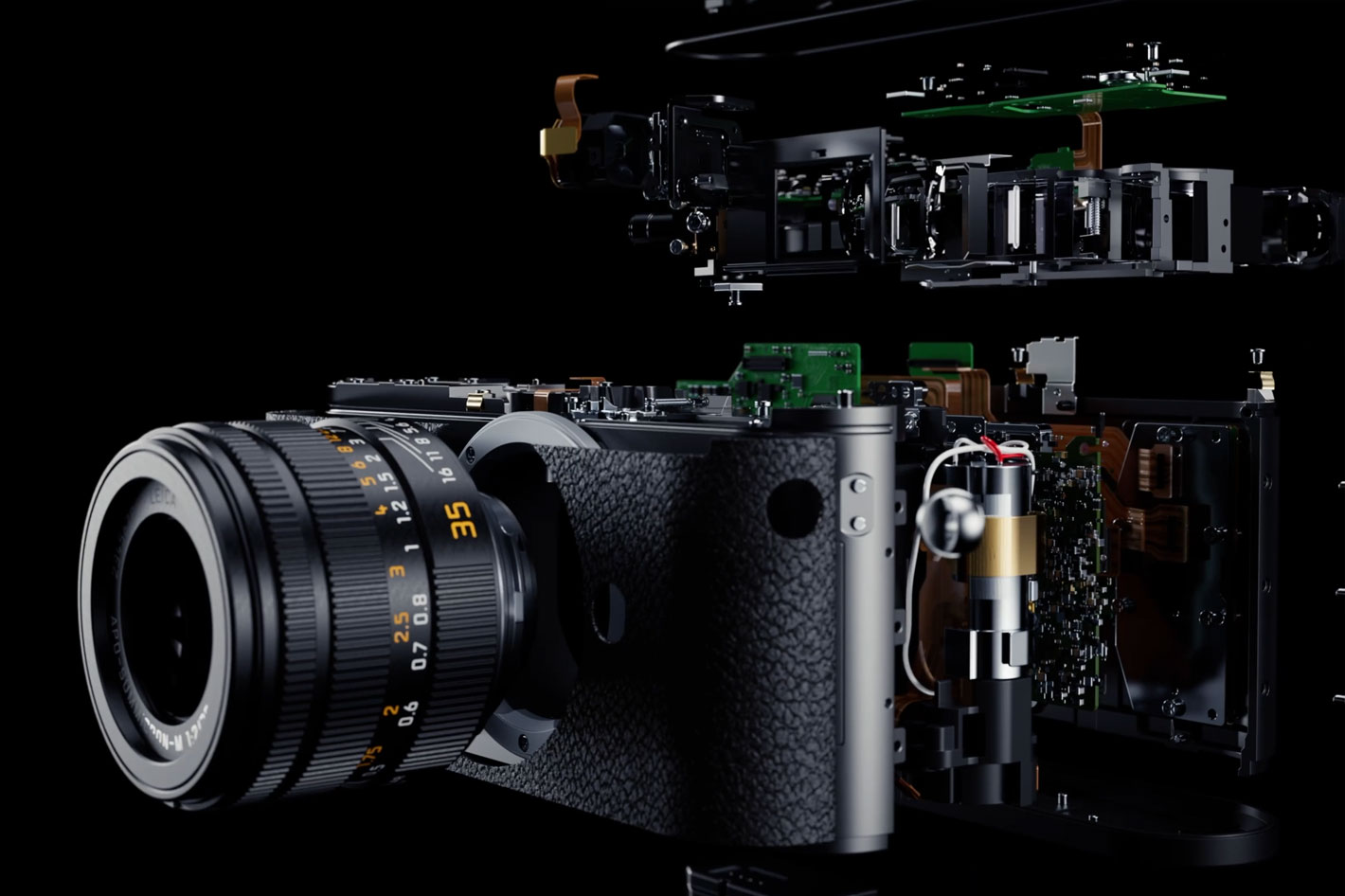 The Leica heritage
The Leica heritage
The Leica M11 truly is a legend reinvented. Here is some more information about this new model, as provided by Leica:
While maintaining the iconic look of a traditional Leica M, the carefully optimized design of the Leica M11 is focused on efficiency and ergonomics. The controls have been arranged in a unique layout around the new, 2.3 million pixels, high-resolution touchscreen. The menu structure of the M11 remains consistent with that of the Leica SL2 and Q2, unifying the acclaimed interface for a more user-friendly experience.
The Leica M11 has a sensitivity range of ISO 64 to 50,000; it records a 14-bit color depth and has a dynamic range of up to 15 stops. With its Maestro III processor, the Leica M11 offers a fluid and responsive operation, even at the highest resolution and image quality. With the optional electronic shutter featuring a shutter speed of up to 1/16000 of a second, photographers are empowered to work with wide open apertures, in bright light – without ND filters. The M11 marks the first-time multi-field metering in rangefinder mode will be available, affording photographers a valuable tool to curate light.
The black-finish variant of the Leica M11 features a top plate made of high-quality aluminium with an especially scratch-resistant coating, resulting in a body that is approximately 20% (100 grams) lighter than its silver-chrome counterpart. By comparison, the silver-chrome M11 features a classic brass top plate and weighs in at 640 grams.
Unique to the M11 is the deliberate omission of the traditional base plate, offering photographers easy direct access to the battery and SD card. In addition to the SD card slot, the Leica M11 is equipped with a generous internal storage capacity of 64 gigabytes. As a result, the M11 is the first M model to save image files simultaneously onto two different storage media. The 1800mAh battery stores 64% more energy than before, and combined with the camera’s more efficient operation, allows for considerably longer shooting sessions with a single charge. In addition, the newly added universal USB-C port also serves to charge the camera’s battery, using most USB-C chargers.
Upgraded connectivity features of the Leica M11 will be available through a new firmware version in the second half of 2022. This will enable the new M11’s advanced connectivity capabilities that will elevate users’ mobile workflows and enhance the Leica FOTOS app with the possibility to embed location data, access images via Bluetooth connection, and allow increased transfer rates. Moreover, the Leica M11 is already an Apple “Made for iPhone and iPad” certified accessory and as such, offers unique abilities with the included Leica FOTOS cable.
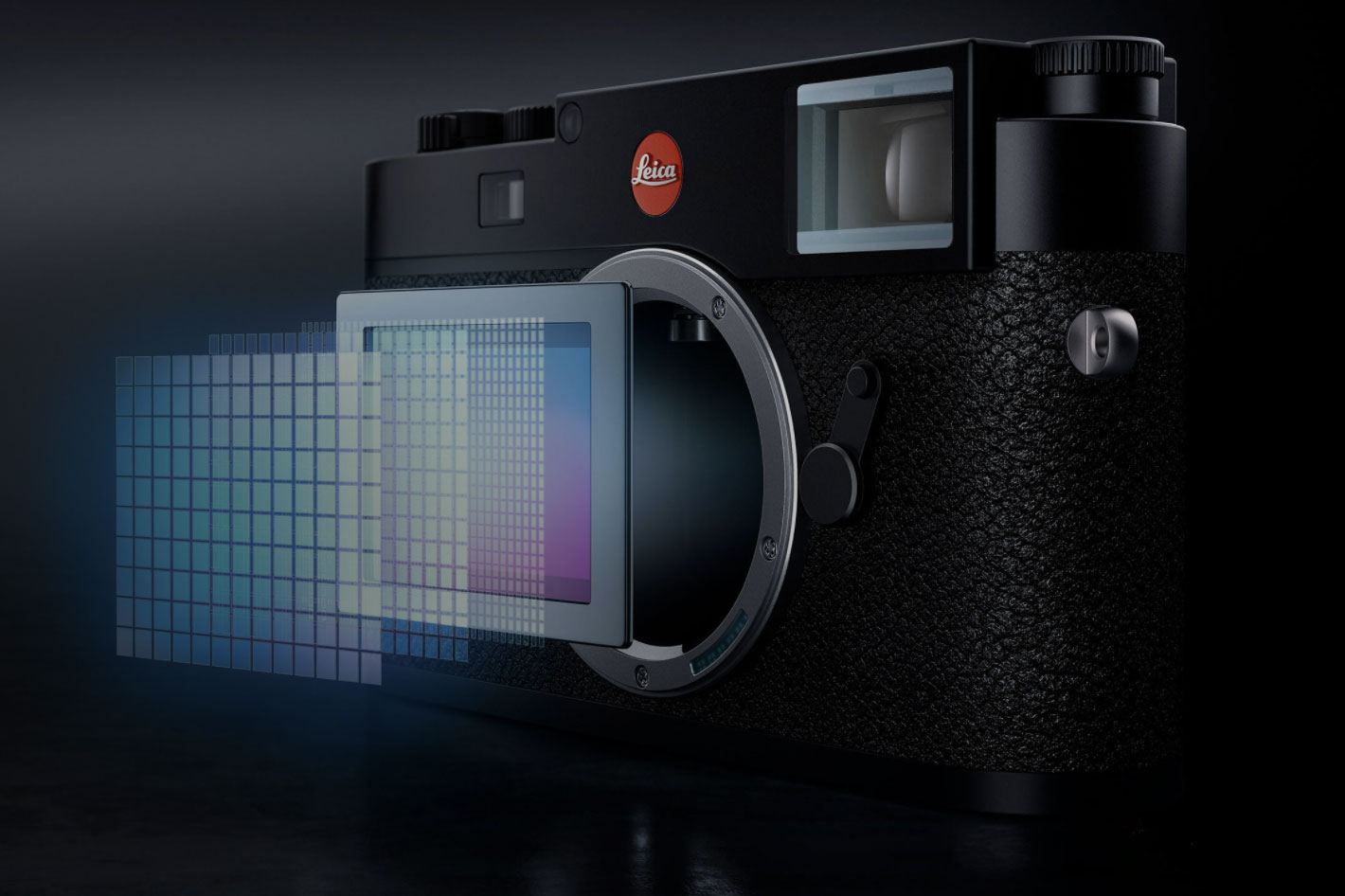 Leica M11: witness the future
Leica M11: witness the future
With the evolution of the Leica M comes new accessories to enhance the rangefinder experience. The new Visoflex 2 electronic viewfinder features 3.7-megapixel resolution to provide outstanding image control in Live View mode. Encased in a metal exterior, the Visoflex 2 perfectly matches the M11 in terms of design and functionality. Full-frame viewing and the precise focusing of Leica lenses is supported by the Visoflex 2’s large diopter adjustment range of -4 to +3 and 90 degree tilt function. To improve ergonomics without obstructing access to the battery and SD card, photographers will have the option to complement their M11 with a newly designed handgrip. The new handgrip doubles as a tripod mount, where the Leica M11 can be attached to Arca-Swiss-standard tripod heads without the need for any additional equipment.
“We are very proud of the new M11,” says Stefan Daniel, Executive Vice President Technology and Operations. “This camera is another milestone for Leica. Its inner workings are a completely new development, while the exterior remains true to the iconic Leica M design.”
“As we all know,” says Dr. Andreas Kaufmann, Chairman of the Supervisory Board of Leica Camera AG, Wetzlar, “the iconic Leica M-System has accompanied dedicated photographers worldwide over decades, giving them a superior tool for witnessing their time and creating outstanding pictures. The new M11 will continue this legacy with outstanding technology, based on the experience since 1925.”
The Leica M11 is now available worldwide. The recommended retail price is $8995.

Filmtools
Filmmakers go-to destination for pre-production, production & post production equipment!
Shop Now